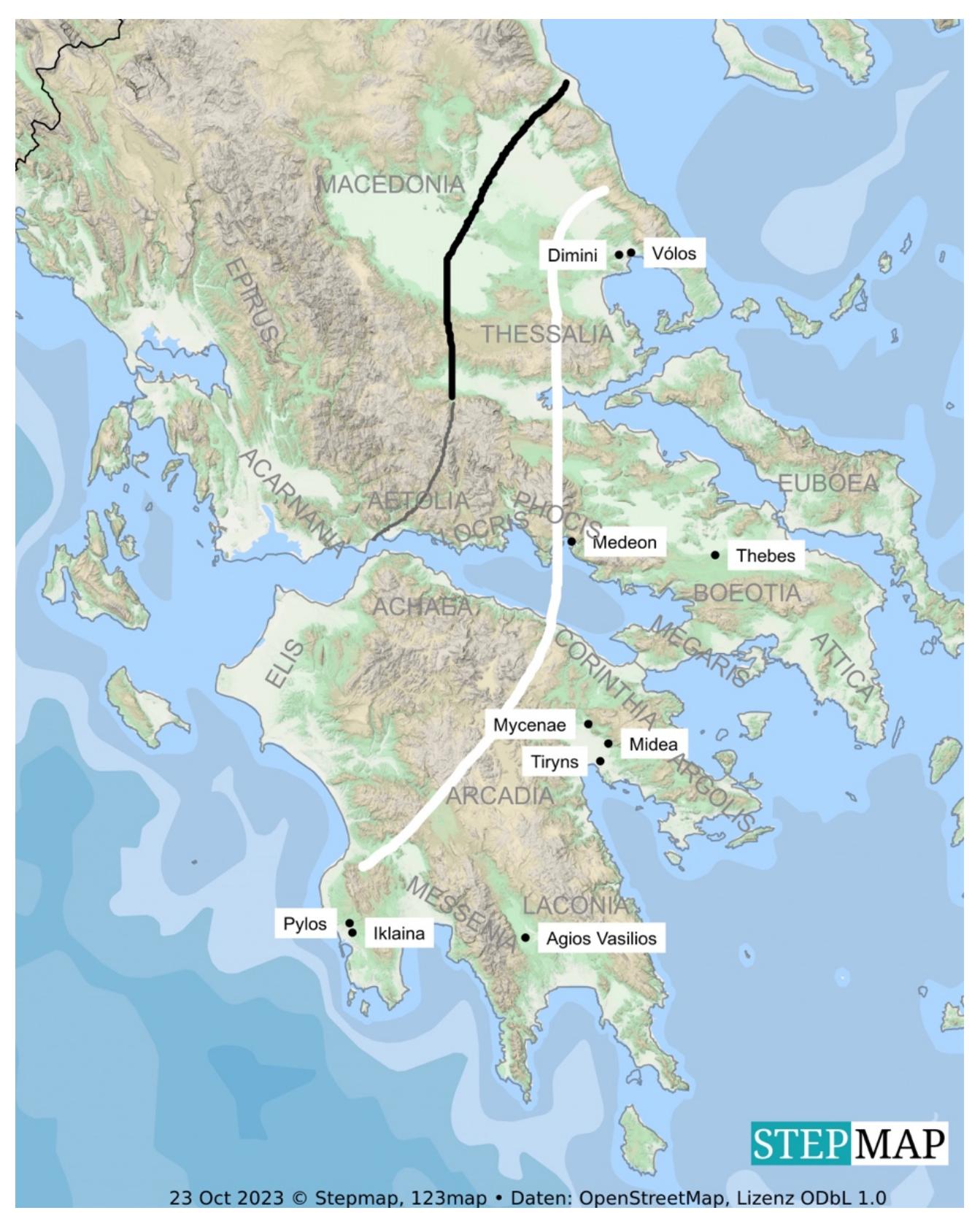Of all the diverse writing forms that Augustine used in his extant corpus, literary dialogues1 can only be found in his eight early works (Contra Academicos, De Beata Vita, De Ordine, Soliloquia, De Quantitate Animae, De Libero Arbitrio,...
moreOf all the diverse writing forms that Augustine used in his extant corpus, literary dialogues1 can only be found in his eight early works (Contra Academicos, De Beata Vita, De Ordine, Soliloquia, De Quantitate Animae, De Libero Arbitrio, De Musica, De Magistro, in the order of appearance in Retractationes). In other words, Augustine stopped writing literary dialogues after De Magistro. Researchers seem to be largely in agreement that this is because Augustine’s early attempt at literary dialogues ended up a failure. Indeed, the dialogues at Cassiciacum were often disrupted and distracted (cf. Stock, 2010, p. 139f); the dialogues after Cassiciacum became a mere “artifice d’exposition” (Marrou, 1983, p. 309); Augustine’s position as a bishop could have prevented him from educational elitism entailed in dialogue (Clark, 2008, p. 125). This paper does not aim to deny these views. It would be more moderate to see a complex entanglement of background causes and contexts than to assume a single reason for it. This paper rather attempts to present another possibility: there could be an experience of a successful dialogue, not the experience of failure, behind Augustine’s abandonment of literary dialogues. To explore this possibility, this paper analyzes De Magistro and the so-called “experience at Ostia” in the Book IX of Confessiones.
My intention is not to commit an error in seeing Confessiones as an exact historical account of his experience2. The parallelism that I’m going to elicit is not historical but philosophical and structural. Also, the long-debated parallelism between the “experience at Ostia” (hereafter «Ostia») and Plotinus’ Enneads falls out of the scope of this paper. «Ostia» is, as James O’Donnell calls it an “audition” rather than “vision3”, a collective experience of language between Augustine and Monica, his mother, at the culmination of their dialogue. «Ostia» can thus be seen as an ultimate success in dialogue. On the other hand, De Magistro, written approximately three years after «Ostia»4, argues the limit of outward language in a “self-referential” way (Cary, 2008, p. 107) that applies to the dialogue itself in De Magistro. Such a view on language is in sharp contrast with that in Cassiciacum dialogues and is rather in line with the description of «Ostia».
From this point of view, this paper attempts to observe a connection between «Ostia» and De Magistro and to consider the relevance between the form of writing and philosophical ideas. This paper proceeds as follows.
In the first section, I present «Ostia» as an experience of language in two senses by focusing on the details of the expressions, thereby suggesting that the conversation between Augustine and Monica should be called a “dialogue”. In the second section, I argue that a certain link should be observed between «Ostia» and De Magistro. They altogether represent a certain relationship between our language and divine language, which was a new perspective on language that Augustine didn’t even realize in his early writings. In the third section, I propose my hypothesis on the “end of dialogue in Augustine” that it was both the loss of the privileged status of dialogical language and Augustine’s habitual process of writing that led to Augustine’s abandonment of literary dialogue.











